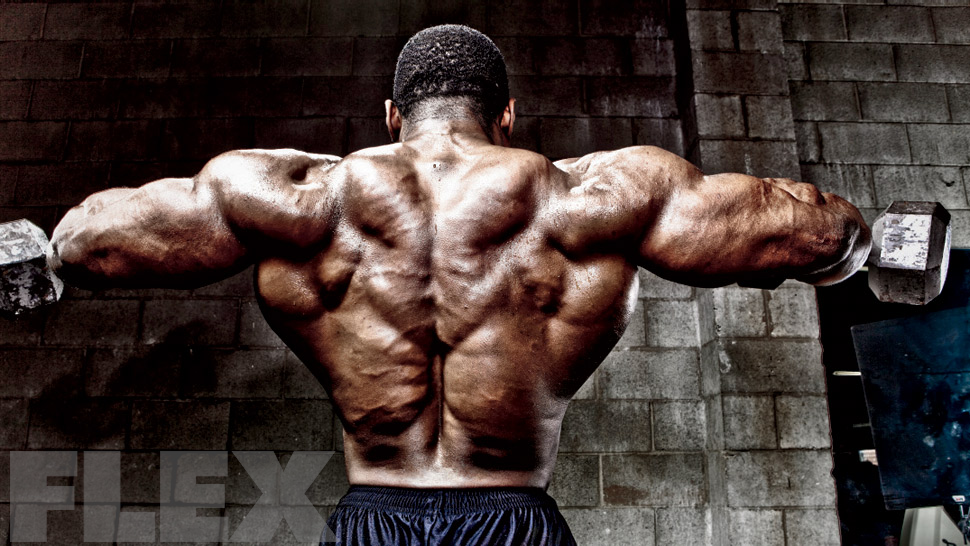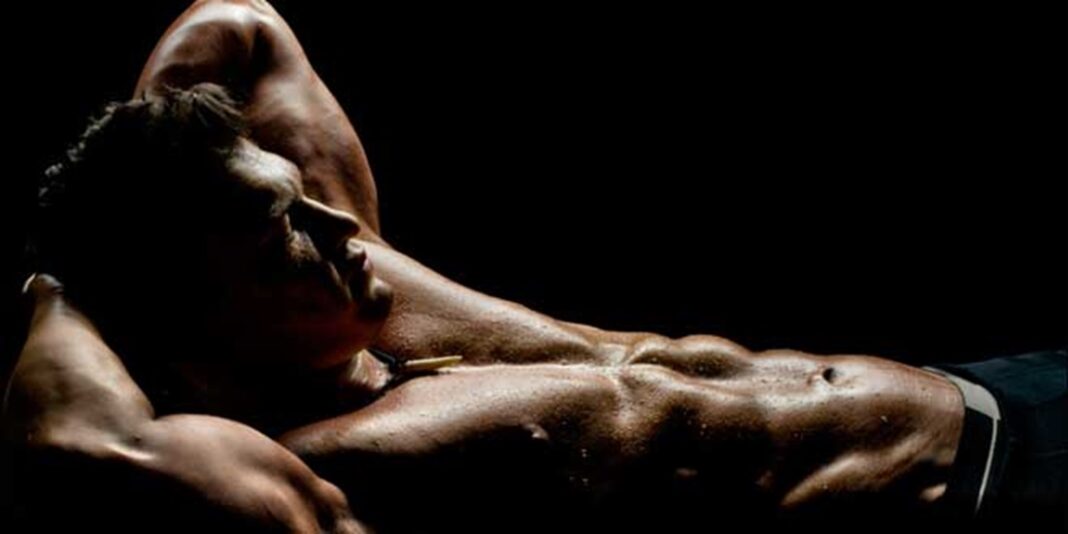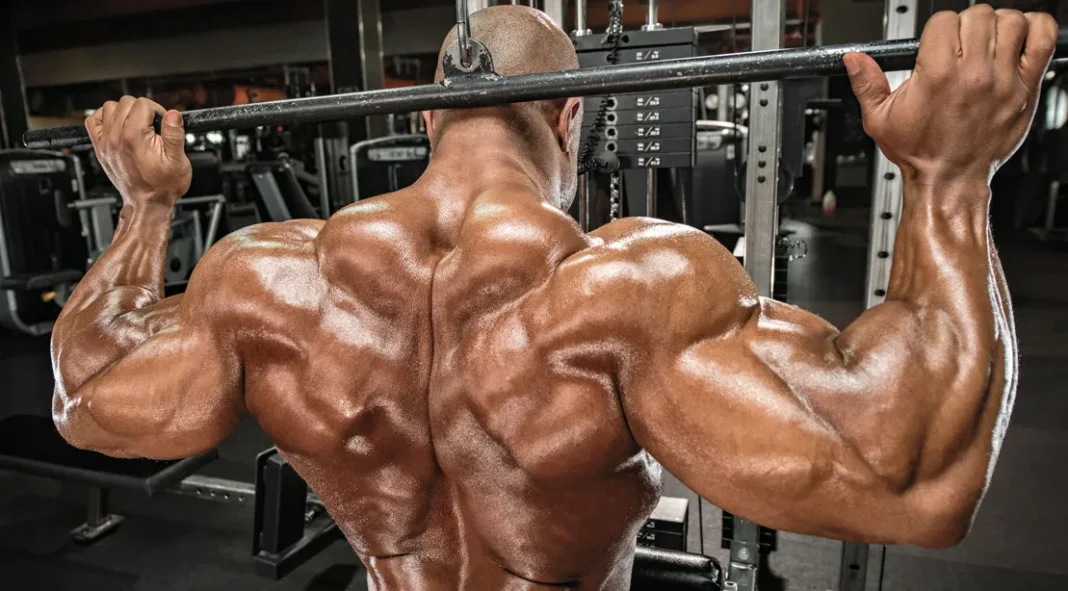The FST-7 Training Program
If you want more pump and wish to increase your muscle mass, you need to follow a suitable exercise routine. Several workout programs claim to provide exceptional results. But of course, that’s not true at all.
Some training principles are too complicated and demanding to follow, and not many people succeed. But there are exceptions like the FST-7 Training Program, which are designed to push even the most stubborn tissue into action.
Below, we will learn about FST-7 and how it works. It could be the one workout routine that you have been searching for all along.
What is the FST-7 Training Program?
To answer it simply, FST-7 is an exercise program developed by Hany Rambod, the ProCreator. FST refers to Fascia Stretch Training, and 7 indicates the number of sets that trainees perform at the last part of an exercise session that targets a specific part of the body.
Before proceeding, let us first consider a few aspects to understand more about FST-7.
What is Fascia?
It’s a thin layer of connective tissue of fibrous nature. Fascia encompasses muscles, internal organs, blood vessels, and nerves and holds them in position. Simultaneously, it also allows them to glide and move upon each other for various functions.
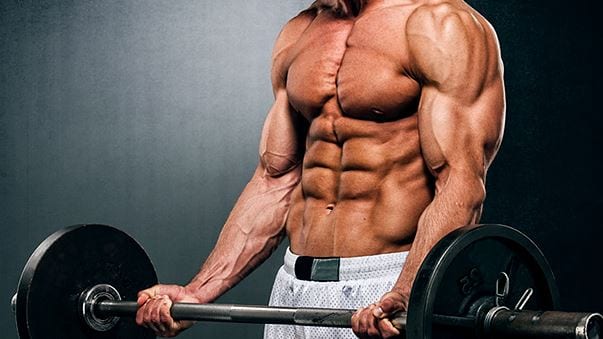
Types of Fascia
Fascia comprises three types, namely:
- Superficial Fascia: It’s primarily related to the skin.
- Deep Fascia: It’s mainly associated with muscles, nerves, blood vessels, and bones.
- Visceral or Subserous Fascia: The last type is chiefly connected with internal organs.
In FST-7, the muscle fascia or deep fascia comes into play. Muscle fascia has three primary functions.
- It surrounds the muscles together and holds them in position.
- It isolates the muscles from each other so that they can move and work on their own.
- The fascia also keeps the surface moisturized so that the muscles can move on top of one another with ease.
How does FST-7 Work?
Muscle fascia can become stiff and unable to stretch if you are not physically active after long-term injuries or illness. The thickness of the muscle fascia also varies from person to person.
That is why you see some athletes bulk massively even after being in the gym for only a short while but not for some even though they have been visiting the gym for years.
It’s because of this reason that FST-7 came into existence. If you are one of those individuals who can’t seem to bulk even after spending plenty of time in the gym, this workout routine can be helpful.
FST-7 program helps the muscle to stretch from inside out by expanding it. You can achieve the target by obtaining the biggest pump while working out.
Most athletes have thicker muscle fascia except for a few lucky people. But by following the FST-7, many have succeeded in increasing bulk.
Some exercise methods also stretch the fascia by elongating and not volumizing it. Experts think this isn’t the right approach as it can cause issues.
What Weights Do FST-7 Training Program Recommend?
It’s essential to keep in mind that FST-7 is not only about pumping, even though it’s a core component. So, it is recommended that you do both heavy and light weights to achieve your target.
Doing both heavy and light weights can increase muscles, strength, and the beautiful shape of that bulk. You may have noticed that some athletes have better-shaped muscles than some others. It’s because they follow both light and heavy training routines.
According to Hany Rambod, the creator of FST-7, you should pay attention to increase both your strength and your pump in the same routine to obtain excellent results.
You can increase the size of your muscles with heavy weights with at least 8-12 reps. At the same time, develop your muscles with lighter weights and more pumps to look round, full, and even plumper.
While you have to train with both light and heavy weights, it’s best to perform the first part of your routine with heavy weights and the light towards the end. It’s because you will do 7 sets in the last part.
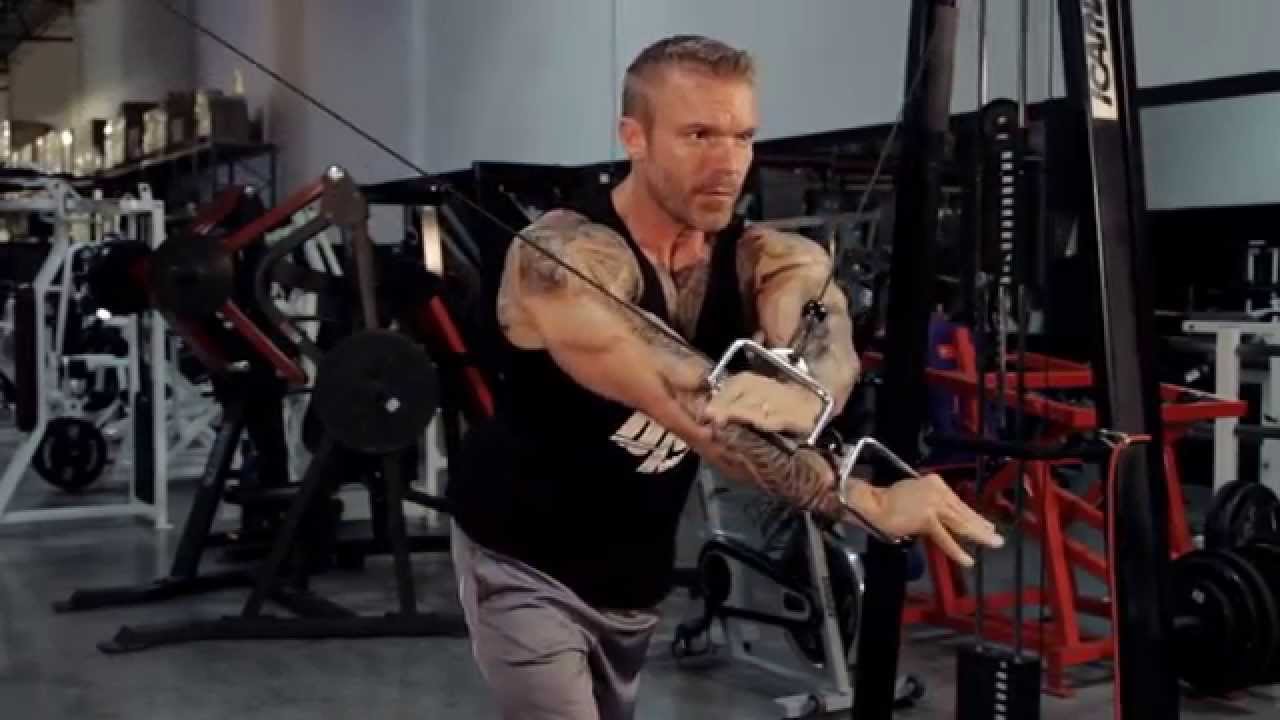
How Often Should You Train Your Body Parts?
Since FST-7 is an intense routine, your body needs sufficient rest before the next session. It allows the muscle tissue to recuperate and repair before training heavily again. Else, it can make your muscles sore, and you may pull your muscle or nerve while training.
So, you should target most body parts only once per week. However, you can target some parts twice per week. Calves and arms are the parts that you can train twice a week. You can create a program and divide the routines in the following way.
Day 1: Abs and Chest
Day 2: Calves, Quads, and Hamstrings
Day 3: Abs and Back
Day 4: Rest
Day 5: Abs, Shoulders, and Traps
Day 6: Calves Triceps and Biceps
Day 7: Rest
Best Equipment and Exercises for FST-7 Program
The unique aspect of FST-7 is that there is no limit to the type of equipment that you can use. So, you can perform multiple exercises using many machines and equipment.
Another point to consider is that for FST-7, certain routines are more appropriate to achieve the goal. For instance, you can perform squats and deadlifts but not put so much focus on them.
It’s because these aren’t as handy in this program because they make use of several muscles at once. So, it’s difficult to isolate a specific muscle to get that pump.
The following are some movements and equipment which are suitable for targeting the various muscles in FST-7:
- Cable or Machine pullovers: Back Width
- Seated row machines with chest support: Back thickness
- Pec deck or peck flye machine, cable crossovers: Chest
- Hanging leg raises, crunches (Roman chair, cable rope, reverse, exercise ball): Abs
- Machine lateral raises with pads: Shoulders
- Leg extensions, leg presses: Quads
- Seated or lying leg curls: Hamstrings
- Standing and seated raises, calf raises using leg press: Calves
- Overhead cable extensions, Cable pushdowns using rope attachment, and Skull crushers (for seasoned enthusiasts): Triceps
- Machine curls, cable front double bicep curls, and EZ-bar curls: Biceps
- Dumbbell, barbell and peck deck: Traps
However, you can also use other equipment and routines, if necessary, when following the FST-7 program.
When to Perform the 7?
Naturally, you will find it quite tempting to do the 7 sets and get that pump at the beginning. But it’s best kept for the last round because you will be too tired to do heavier routines which are also crucial for building muscle mass.
First, you should do a few light exercises and prepare your body for the heavy sets before finishing with the 7-set routine. It will make the blood flow and stretch your fascia, enabling you to have the desired pump later.
If you perform workouts targeting several body parts at a given session, you will have to do more than one 7-set at a time.
So, you should plan carefully before starting an FST-7 program. Or you will have too many to do at a session which can make you too tired to complete the routine of sevens.
Sample Five Day FST-7 Training
Here is one of the sample training routines for five-day FST-7:
Day 1: Abs and Chest
(4 sets x 30 reps)
- Hanging Leg Raises
- Exercise Ball Crunches
- Crunches
(4 sets x 8-10 reps)
- Incline Dumbbell Presses
- Flat Bench Dumbbell Presses
(3 sets x 8-10 reps)
- Hammer Strength Incline Presses
- Hammer Strength Flat Presses
(FST-7: 7 sets x 8-10 reps)
- Cable Crossovers
Before starting the training, you need to keep two things in mind.
It’s essential to do the abs first before chest, or you might become too exhausted and even cancel it.
Since the chest is a weak part of the body for most people, you must begin with an incline routine.
Day 2: Calves, Quads, and Hamstrings
(4 sets x 20-30 reps)
- Standing Calf Raises
- Leg Press Calf Raises
(FST-7: 7 sets x 20-30 reps)
- Seated Calf Raises
(3 sets x 8-10 reps)
- Leg Extensions
- Squats
- Hack Squats
(FST-7: 7 sets x 8-10 reps)
- Leg Presses
(3 sets x 8-10 reps)
- Lying Leg curls
- Stiff-leg Deadlifts
(FST-7: 7 sets x 8-10 reps)
- Seated Leg Curls
Do the front and back squats alternately every other session.
Perform the leg extensions to pre-exhaust your quads.
Day 3: Abs and Back
(4 sets x 30 reps)
- Reverse Crunches
- Roman Chair Crunches
- Cable Rope Crunches
(3 sets x 8-10 reps)
- Wide Grip Pull Downs
- Reverse Grip Pull Ups
- T-Bar Rows
- Reverse Grip Barbell Rows
- Deadlifts
(FST-7: 7 sets x 8-10 reps)
Straight Arm Pull Downs
Most trainees have weak lower lats, but reverse grip work is excellent for that.
It’s best to perform the deadlifts later in the session so that you don’t get exhausted to perform the other routines and FST-7.
Day 4: Rest
Day 5: Abs, Shoulders, and Traps
(4 sets x 30 reps)
- Hanging Leg Raises
- Cable Rope Crunches
- Reverse Crunches
(4 sets x 8-10 reps)
- Dumbbell Presses
- Prone Incline Dumbbell Front Raises
- Upright raises
(FST-7 – 7 sets x 8-10 reps)
- Dumbbell or Machine Lateral raises
(4 sets x 8-10 reps)
- Dumbbell Bent Over Lateral Raises
- Barbell Shrugs
- Dumbbell Shrugs
(FST-7 – 7 sets x 8-10 reps)
- Reverse Pec Decks
Rear delts are a weak area for most trainees, so the reverse pec decks help to “double up.”
According to the ProCreator, you can alternately use Dumbbell, Smith, and Barbell.
Day 6: Calves, Triceps and Biceps
(4 sets x 20-30 reps)
- Seated Calf Raises
- Leg Press calf Raises
(FST-7 – 7 sets x 20-30 reps)
- Standing Calf Raises
(FST-7 – 7 sets x 8-10 reps)
- Rope Pressdowns
(3 sets x 8-10 reps)
- Close Grip Bench Presses
- Dips
- Lying Extensions
(FSt-7 – 7 sets x 8-10 reps)
- Straight Bar Cable Curls
(3 sets x 8-10 reps)
- Hammer Curls
- Preacher Curls
- High Cable Curls
Doing the FST-7 first in the two routines enables a connection between your mind and muscle for a smooth workout.
Day 7: Rest
Rest 30-45 seconds when doing FST-7 for smaller body parts and 45-60 seconds for FST—7 for larger body parts.
New Trainees should do only two FST-7 routines per week.
The FST-7 has become a popular training method over the years. While you have to do five workouts per week, you can do different routines other than those mentioned above.
However, perform only as recommended for best results no matter whichever movements and equipment you choose.
Besides, make sure to eat the proper diet, or you may become too weak to continue with the training.

